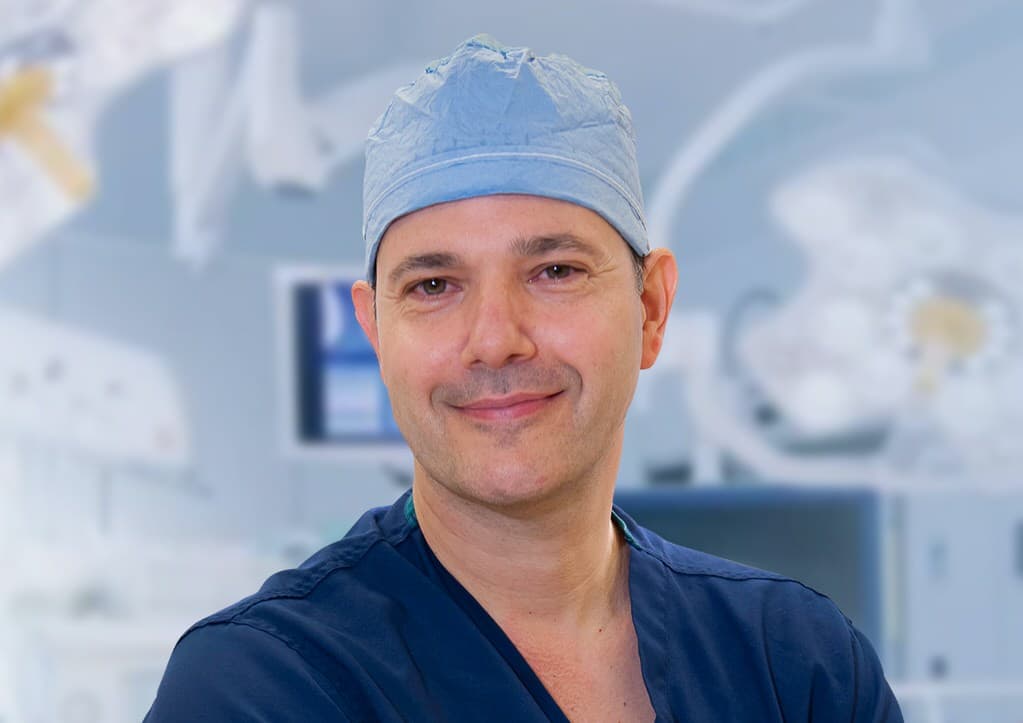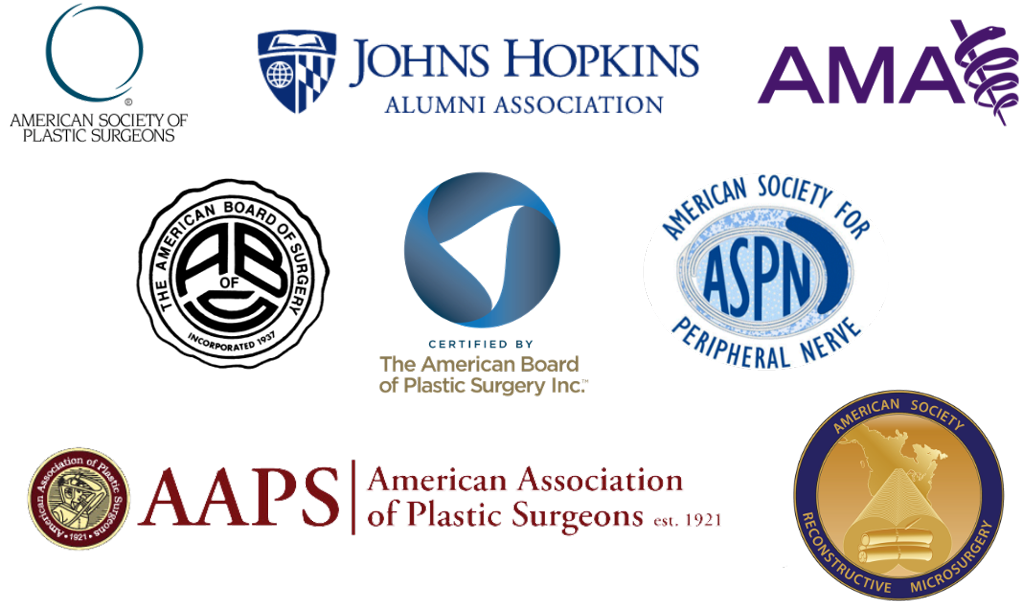Shai M. Rozen, M.D., F.A.C.S.
1801 Inwood Road
Dallas, TX 75390
Phone: (214) 645-2353
Monday–Friday: 8 a.m.–5 p.m.
Upper & Lower Eyelid Surgery
The area around the eye, including the upper and lower eyelids and the brow, is among the most important both in terms of eye protection and facial aesthetics. The eye area is also among the most challenging in patients with facial paralysis. Board-certified plastic surgeon Dr. Shai Rozen, a leading expert in facial paralysis and facial plastic surgery, performs upper and lower eyelid surgery at UT Southwestern Medical Center in Dallas for patients with and without facial paralysis.
Is there a fundamental difference between the upper and lower eyelids?
The upper and lower eyelids have both similarities and differences related to anatomical structure, function, and relationships to surrounding facial regions.
Structure
Structurally, both eyelids are quite similar, though the lower lid components are smaller and the bony and muscle attachments differ. Although both play a functional role in protecting the globe (the eye itself) and the cornea (the thin translucent structure in front of the pupil), they function differently.
Function
The upper eyelid has significantly more mobility in an upward and downward direction, while the lower eyelid is more static, although it has some mobility. The upper lid plays a larger role in lubricating the globe, while the lower lid plays more of a role in draining, including tears, from the eye into the nasal passages.
Relationship to Surrounding Facial Regions
The relationship of the eyelids to adjacent structures is one of the more significant differences that affect esthetics and treatment strategy. The upper eyelid is closely related to the brow and forehead; any changes in the latter will affect the appearance of the former. Conversely, the lower lid is closely related to the cheek and midface; changes in cheek position will affect the lower eyelid.
How do brow and forehead positions affect the upper eyelid?
Forehead and brow position directly affect the upper eyelid in terms of overlying skin and sometimes position. A paralytic brow is lower than the unaffected brow creating the illusion of excess upper eyelid skin and increased hooding of skin over the upper eyelid. In addition, the lower brow will cause the brain to create a compensatory lift of the healthy brow, which in turn will reduce the appearance of skin excess and hooding. For details about treatments for the paralytic brow, refer to the Brow Asymmetry page.
How does paralysis affect treatment of the upper eyelid in the non-paralyzed eyelid?
First, the non-paralyzed upper eyelid is functional and can provide voluntary and involuntary closure, including a blink reflex. This protects the cornea and rarely needs any functional correction. The main aesthetic challenge is to evaluate if there is any skin excess in the healthy upper lid after the paralytic brow is corrected since, after the brow lift, the healthy brow will drop into a more normal position. Once this occurs, any skin redundancy on the healthy side is more accurately assessed. Therefore, Dr. Rozen is initially conservative in removing skin from either upper eyelid until both have reached their new baselines.
Dr. Shai Rozen
Dr. Rozen is a board-certified plastic surgeon who co-created a facial paralysis specialty group with colleagues from otolaryngology & neurosurgery at the University of Texas Southwestern Medical Center.
Meet Dr. Rozen
How does the cheek position affect the lower eyelid?
On the paralyzed side, the cheek will pull down on the lower eyelid, creating a clinical situation termed ectropion or lower lid malposition, which means eversion and pulling down the lower lid off the globe. For detailed information on treating ectropion on the paralyzed side, please refer to the Eyelid Asymmetry Treatments page.
On the healthy side, the lower eyelid needs to be assessed for position, strength, pliability, and skin redundancy. Treatment can include solely skin removal, lid supporting procedures, and sometimes even lid shortening procedures, which support the lid and help create symmetry with the other side.
What is the goal of upper and lower eyelid surgery on the healthy side?
As opposed to the significant functional and aesthetic goals of eyelid surgery on the paralytic side, the main goals on the healthy side are aesthetic, providing periorbital and facial symmetry and balance. In some instances, certain functional deficits can be diagnosed on the upper and lower lids on the healthy side, and in those instances, reconstructive surgery is performed simultaneously with the aesthetic improvements.
What should I expect after upper and lower eyelid surgery on the healthy side?
Some swelling and bruising are expected and will mostly resolve in 2 to 3 weeks. In women, makeup can be applied after 2 weeks. Sutures are usually removed 5 to 7 days after surgery. Patients use a “Swiss eye mask,” which is a gentle gel eye mask, for the first 2 to 3 days after surgery to decrease swelling. Additionally, patients apply eyedrops that include antibiotics and often steroids for the first 7 days unless contraindicated.
Is eyelid surgery safe in this clinical setting?
Eyelid surgery on the paralyzed side necessitates a few more considerations than on the healthy side, and it may be preferable to consult a surgeon with significant experience in treating facial paralysis before undergoing these cosmetic surgeries. On the healthy side, the surgeries are more standardized. The main considerations are how to provide optimal aesthetics while maximizing symmetry with the paralyzed side.
Next Steps
For more information about eyelid rejuvenation and improving eyelid symmetry related to facial palsy, request a consultation to meet with Dr. Rozen at UT Southwestern.




